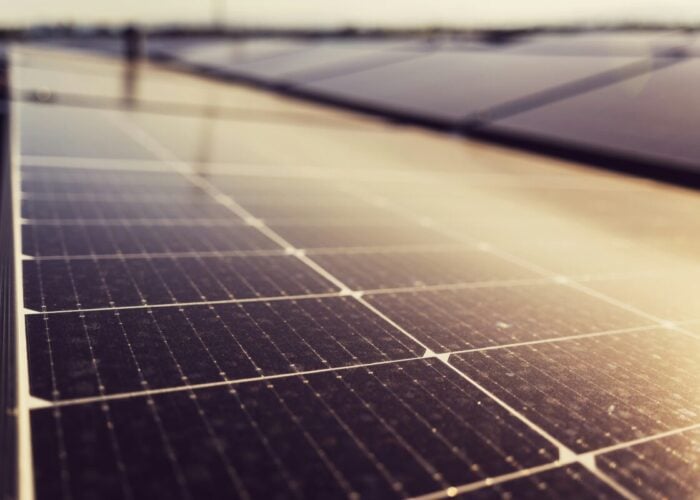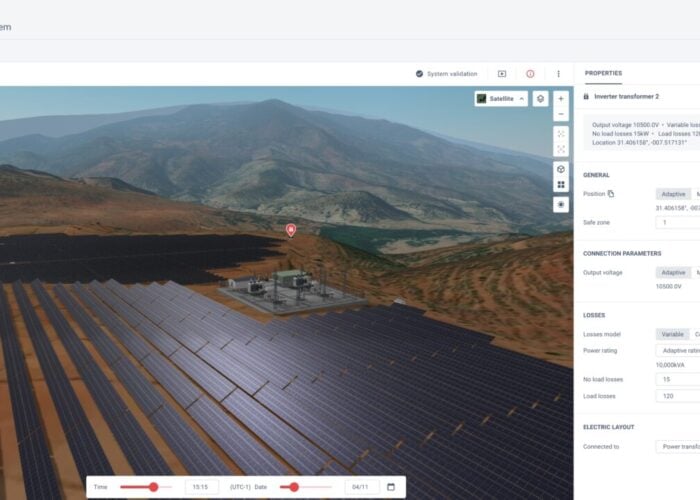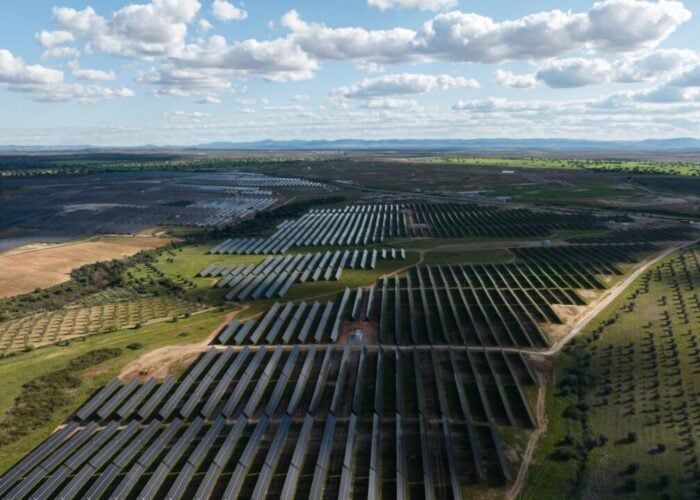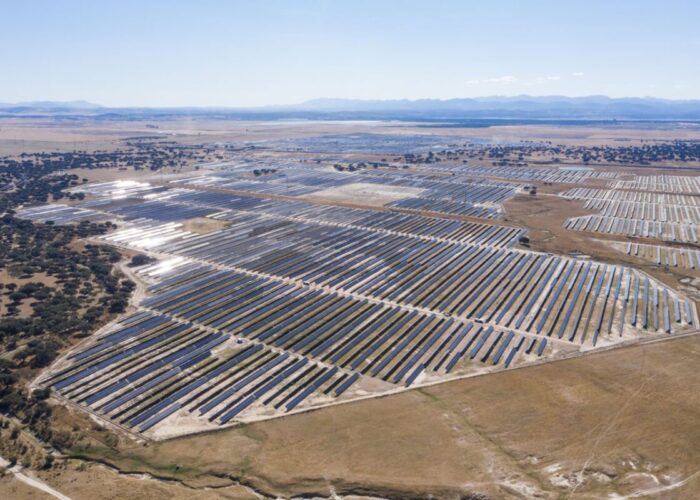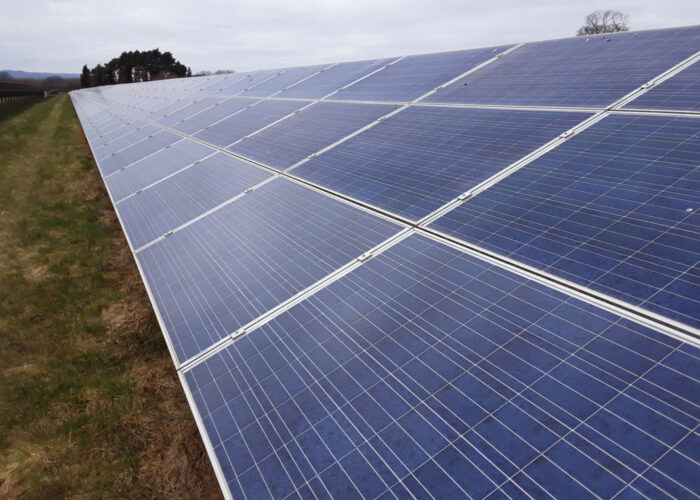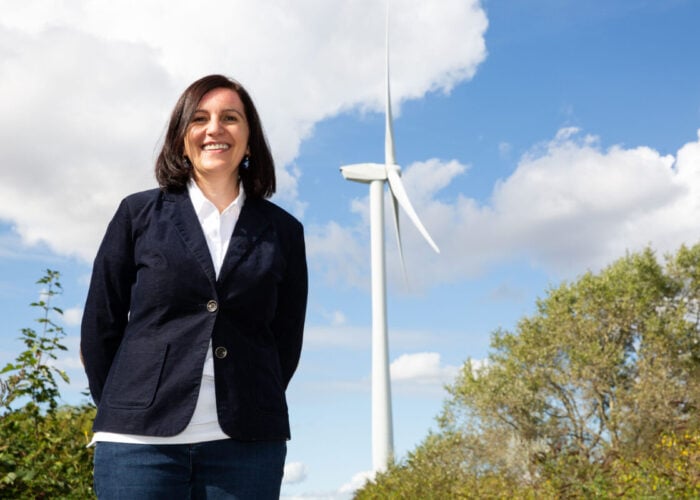
Greek agrivoltaics manufacturer Brite Solar has commissioned a 150MW module manufacturing plant in Greece that will produce transparent modules for use in the agrivoltaics (agriPV) sector.
The facility will produce semi-transparent modules, which are designed to be installed above plants so light can pass through them to enable plant growth. The company’s modules incorporate “two distinct nanotechnology coatings”, optimising light transfer through the panels.
Unlock unlimited access for 12 whole months of distinctive global analysis
Photovoltaics International is now included.
- Regular insight and analysis of the industry’s biggest developments
- In-depth interviews with the industry’s leading figures
- Unlimited digital access to the PV Tech Power journal catalogue
- Unlimited digital access to the Photovoltaics International journal catalogue
- Access to more than 1,000 technical papers
- Discounts on Solar Media’s portfolio of events, in-person and virtual
Brite Solar will scale up production in phases, aiming to produce around 20MW of capacity by the end of 2025, and around 50MW by 2027. The news follows last year’s announcement that Spanish equipment manufacturer Mondragon Assembly had signed a contract to work on the module manufacturing facility.
The company has already deployed its modules at eight projects across Europe, including two in Greece, in collaboration with farmers and universities.
The news will be a boon to the much-beleaguered European solar manufacturing space, which has historically struggled between the scale and low cost of production in China and the US. In October, the European Commission awarded funding for a 1.5GW heterojunction technology (HJT) production line in Spain, operated by Chinese giant Trina Solar, demonstrating the significant influence that Chinese majors have in global and European solar manufacturing.
More recently, French energy giant EDF Renewables closed its solar manufacturing subsidiary, Photowatt, as the company was losing as much as €30 million a year. This is to say nothing of the struggles endured by Swiss manufacturer Meyer Burger, a historic leader in European solar manufacturing, which has moved a number of its production facilities to the US.
Europe’s manufacturing successes have, for the most part, focused more on niche applications and the development of specialised technologies, considering the difficulties of competing with the US and China on sheer volume. For instance, last year, Swedish manufacturer Midsummer advanced plans to build a thin-film cell manufacturing facility in Sweden, and Brite Solar’s work follows a report from think tank Ember that Europe has considerable potential for new agriPV deployments.

